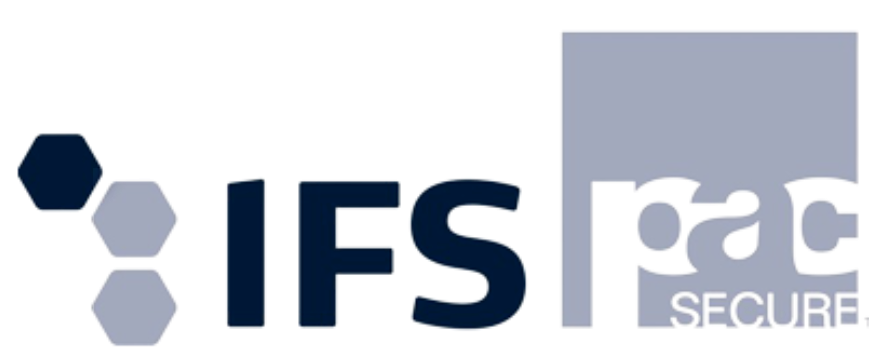How Do You Conduct A Food Safety Audit?
Food safety audits are a great way to ensure that you're doing everything you can to protect your customers from foodborne illness. If you've never conducted a food safety audit before, don't worry! We'll take an in-depth look at the process and give some helpful tips for getting started. In Canada, preventing foodborne illnesses is the responsibility of the municipal, provincial, and Federal governments. All three have roles in licensing and inspecting food producers and premises, and one tool they use is a food safety audit. Facilities can conduct food safety audits to ensure everything stays in compliance - how are these conducted?
How Do You Conduct A Food Safety Audit?
A food safety audit is a tool used to verify that the food safety practices in a food processing or handling facility are proper. Food audits are similar to health inspections, but the way the jobs are conducted is quite different. Audits are performed on a much bigger scale, and the auditors have more parts to examine. They must have a high level of food safety knowledge and training so they can objectively analyze and assess food safety, sanitation, and risk security measures at food facilities.
There are official inspections conducted by food safety management systems (FSMS) such as HACCP, BRC and SQF. HACCP, meaning Hazard Analysis Critical Control Points, is the most basic of these food safety plans, and there are seven fundamental principles under these plans:
- Hazard analysis
- Identifying critical control points
- Establishing critical limits
- Establishing a monitoring plan process
- Corrective actions
- Verifications
- Documentation
All seven of these steps can be formulated and consistently examined through regular on-site audits.
What Types Of Audits Are There?
There are three kinds of audits: first-party, second-party, and third-party audits.
- First-party audits are also known as internal audits, and they are performed within an organization. They are used for self-assessment, as well as internal verification and continual improvement of existing processes. Some organizations may hire an outside team to perform the first-party audit on their behalf.
- Second-party audits are done by one organization on their suppliers and subcontractors. These audits evaluate the claims and performance of the suppliers and determine if they are suitable partners. They can also assess the effectiveness of suppliers' food safety systems in providing safe food or ingredients. These audits can be performed to choose new suppliers or to evaluate current ones.
- Third-party audits are done on organizations by an independent body to prove that a food safety system has been documented and implemented according to specified requirements. Primary organizations use third-party audits to meet consumer requirements, find the best supplier for their needs and earn safety certifications.
Audits And The Food Safety System In Canada
When it comes to food safety, most of the responsibility rests on the industry: farmers, food manufacturers, distributors, service establishments, and retailers. Their role in producing safe food includes complying with regulatory requirements, meeting industry-recognized practices, and developing and implementing food safety control mechanisms. This is why performing internal, second or third-party audits are crucial.
If you're conducting an internal audit, you must have trained staff that can give an objective look. Internal auditing is a systematic method for reviewing and evaluating your current processes against the standard requirements. Regardless of the type of audit being performed in your food facility, there are ways to prepare for it!
How To Prepare For A Third-Party Food Safety Audit
The best way to prepare for an external audit is to know and understand your facility's legal obligations and how food laws apply to your business and industry. Ensure all food handling staff have the required food safety skills and knowledge.
The best way is to keep monitoring food storage, preparation and critical procedures, such as cooking and cooling. As well, train employees so that they are always aware of food safety hazards, conducting random self-inspections that will give everyone - employees, team leaders, and managers - an idea of where the facility may be falling short. You can also review past inspections to make sure that you have corrected any past discrepancies.
Frequently Asked Questions About Conducting Audits
The preparation for a food safety audit is not something that can be achieved by one person. You have to make sure your staff feels like they are an essential part of the process and accountable for their own tasks, while also making it clear what's expected of them. One way you might do this would be to assign different team members with responsibility over parts of your protocol such as sanitation or handling practices so everyone knows how each other functions in the event an emergency should arise during auditing times when only certain people know particular protocols well enough to respond appropriately. In order ensure all standards will undoubtedly meet expectations, even if things don't go without flaw at first try, keep practicing until every member has mastered his/her assigned task before heading out into the audit.
A food safety audit is a tool for verifying proper food processing practices. They are official inspections conducted by management systems such as HACCP, BRC and SQF.



